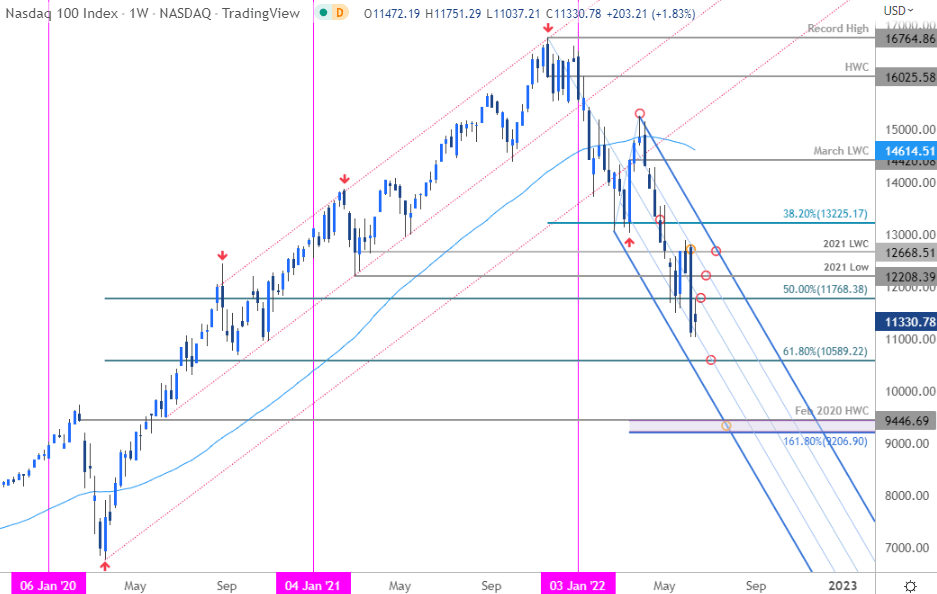Reduce Your China Export Time: A 90-Day Strategy

Table of Contents
Streamline Your Product Sourcing & Manufacturing
Efficient sourcing and manufacturing are foundational to reducing your China export time. A well-organized supply chain is the backbone of faster delivery.
Optimize Supplier Selection
Choosing the right suppliers is paramount. Don't rush this critical step; thorough vetting will save you headaches down the line.
- Prioritize reliable suppliers with proven track records: Look for suppliers with a history of on-time delivery and high-quality products. Check online reviews and request references.
- Conduct thorough due diligence: Perform background checks, consider on-site visits (if feasible), and verify their certifications and licenses.
- Negotiate clear timelines and production schedules: Establish realistic deadlines and ensure your agreements are in writing, outlining penalties for delays.
- Utilize supplier relationship management (SRM) tools: Software solutions can help you track performance, manage communication, and strengthen partnerships.
Choosing reputable suppliers is more than just finding the cheapest option. Building strong, long-term relationships with suppliers fosters trust, improves communication, and ultimately accelerates the production process. Investing in supplier relationship management (SRM) solutions can further streamline this process and provide valuable insights into your supply chain.
Improve Production Efficiency
Once you've selected your suppliers, focus on optimizing their production processes to minimize delays.
- Implement lean manufacturing principles: Eliminate waste, streamline workflows, and improve overall efficiency. This includes optimizing inventory levels and reducing unnecessary steps in the manufacturing process.
- Regularly monitor production progress: Use project management software or regular communication to track progress and identify potential bottlenecks early on.
- Utilize efficient inventory management techniques: Avoid stockouts and excess inventory by implementing just-in-time (JIT) or similar inventory management systems.
- Employ quality control measures throughout the production process: Regular quality checks throughout the manufacturing process minimize rework and delays caused by defective products.
Lean manufacturing principles, coupled with robust project management tools, provide a powerful framework for improving production efficiency and reducing overall lead times. Regular communication and proactive monitoring are key to identifying and addressing potential issues before they escalate.
Optimize Your Export Documentation & Logistics
Efficient documentation and logistics are vital for faster China exports. Even the most efficient production can be hampered by logistical bottlenecks.
Expedite Customs Clearance
Customs clearance is a major potential bottleneck. Proactive preparation and expert assistance are key to minimizing delays.
- Prepare all necessary documentation accurately and in advance: Ensure all documentation, including commercial invoices, packing lists, certificates of origin, and any other required permits, is meticulously prepared and accurate. Inaccuracy leads to delays and rejection.
- Work with a customs broker experienced in China-to-[target country] exports: A knowledgeable broker can navigate complex regulations and expedite the customs clearance process.
- Understand and comply with all relevant import/export regulations: Stay up-to-date on regulations for both China and your target market to avoid unexpected delays.
- Utilize electronic data interchange (EDI) for faster processing: EDI allows for automated electronic exchange of documents, speeding up customs clearance significantly.
Accuracy is paramount. A single error can cause significant delays. Using a customs broker specializing in China-to-[target country] routes significantly mitigates risks and accelerates processing.
Choose the Right Shipping Method
Selecting the appropriate shipping method is critical to minimizing transit times.
- Compare different shipping options (sea freight, air freight, express courier): Each method has its own pros and cons regarding cost, speed, and risk.
- Consider factors like cost, speed, and risk: Air freight is faster but more expensive than sea freight. Express couriers offer the fastest delivery but may be cost-prohibitive for large shipments.
- Negotiate favorable rates with shipping providers: Shop around and negotiate rates with multiple shipping companies to secure the best possible price.
- Implement robust tracking and monitoring systems: Utilize GPS tracking and online portals to monitor shipments in real-time and address any potential issues promptly.
Sea freight is generally the most cost-effective for large volumes, while air freight offers significantly faster transit times. Express couriers are best suited for smaller, time-sensitive shipments.
Leverage Technology & Automation
Technology can significantly reduce your China export time. Automation streamlines many time-consuming tasks.
Implement Export Management Software
Software solutions can automate many aspects of the export process.
- Automate tasks such as order processing, shipping documentation, and customs compliance: This reduces manual errors and frees up valuable time.
- Improve visibility across the entire export process: Gain a clear overview of your supply chain, allowing for proactive problem-solving.
- Gain real-time insights into your supply chain: Identify bottlenecks and areas for improvement.
- Reduce manual errors and save time: Automation minimizes human error, leading to faster and more efficient processes.
Many excellent export management software solutions are available, offering a range of features tailored to different business needs.
Utilize Digital Communication Tools
Clear and efficient communication is key to a smooth export process.
- Maintain clear and consistent communication with suppliers, logistics providers, and customers: Use a centralized communication system for better organization and transparency.
- Use tools like video conferencing and instant messaging for rapid communication: Faster communication means quicker responses to issues and smoother problem-solving.
- Track shipments and updates digitally: Use online tracking tools to monitor the progress of your shipments in real-time.
- Manage documents electronically: Digital document management systems ensure that all necessary documentation is readily accessible.
Improved communication streamlines the entire process, preventing misunderstandings and resolving issues rapidly.
Conclusion
Successfully reducing your China export time requires a multifaceted approach. By streamlining your sourcing and manufacturing processes, optimizing your export documentation and logistics, and leveraging technology and automation, you can significantly cut down on lead times and achieve faster global reach. Implementing this 90-day strategy will improve efficiency, reduce costs, and enhance your overall competitiveness in the global marketplace. Start optimizing your China export strategy today – your business growth depends on it!

Featured Posts
-
 The Trump Swift Controversy Magas Support And The Fallout
May 27, 2025
The Trump Swift Controversy Magas Support And The Fallout
May 27, 2025 -
 Where To Watch 1923 Season 2 Episode 5 Tonight For Free
May 27, 2025
Where To Watch 1923 Season 2 Episode 5 Tonight For Free
May 27, 2025 -
 Kai Cenats Best And Funniest Facial Expressions A Comprehensive Guide
May 27, 2025
Kai Cenats Best And Funniest Facial Expressions A Comprehensive Guide
May 27, 2025 -
 Dow Jones S And P 500 And Nasdaq Stock Market Summary For May 26
May 27, 2025
Dow Jones S And P 500 And Nasdaq Stock Market Summary For May 26
May 27, 2025 -
 Two Women Rescued By Dylan Efron In Miami
May 27, 2025
Two Women Rescued By Dylan Efron In Miami
May 27, 2025
Latest Posts
-
 Flowers Miley Cyrus Recenzja Nowego Singla I Oczekiwania Na Album
May 31, 2025
Flowers Miley Cyrus Recenzja Nowego Singla I Oczekiwania Na Album
May 31, 2025 -
 Analiza Singla Flowers Miley Cyrus Czy To Zapowiedz Wielkiego Powrotu
May 31, 2025
Analiza Singla Flowers Miley Cyrus Czy To Zapowiedz Wielkiego Powrotu
May 31, 2025 -
 Miley Cyrus Wydala Flowers Pierwszy Singiel Z Nadchodzacego Albumu
May 31, 2025
Miley Cyrus Wydala Flowers Pierwszy Singiel Z Nadchodzacego Albumu
May 31, 2025 -
 Flowers Debiutancki Singiel Miley Cyrus Z Nowej Plyty Posluchaj
May 31, 2025
Flowers Debiutancki Singiel Miley Cyrus Z Nowej Plyty Posluchaj
May 31, 2025 -
 Miley Cyrus En Bruno Mars De Voortzetting Van De Plagiaatzaak
May 31, 2025
Miley Cyrus En Bruno Mars De Voortzetting Van De Plagiaatzaak
May 31, 2025
